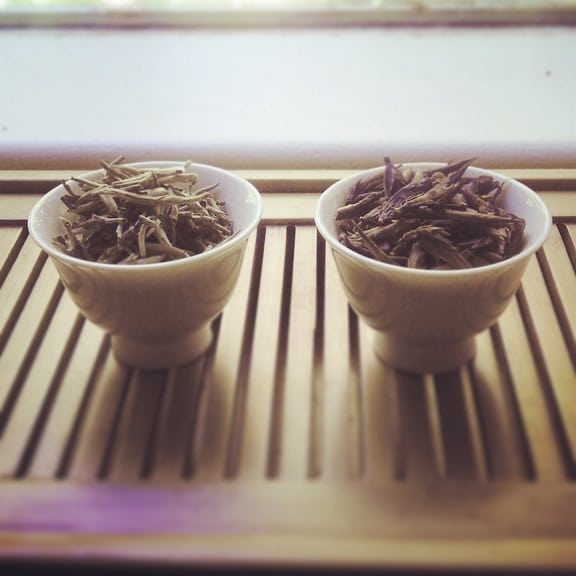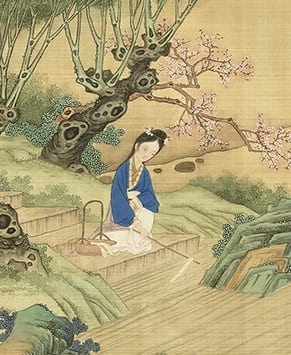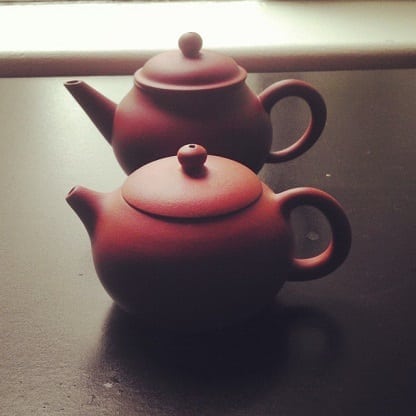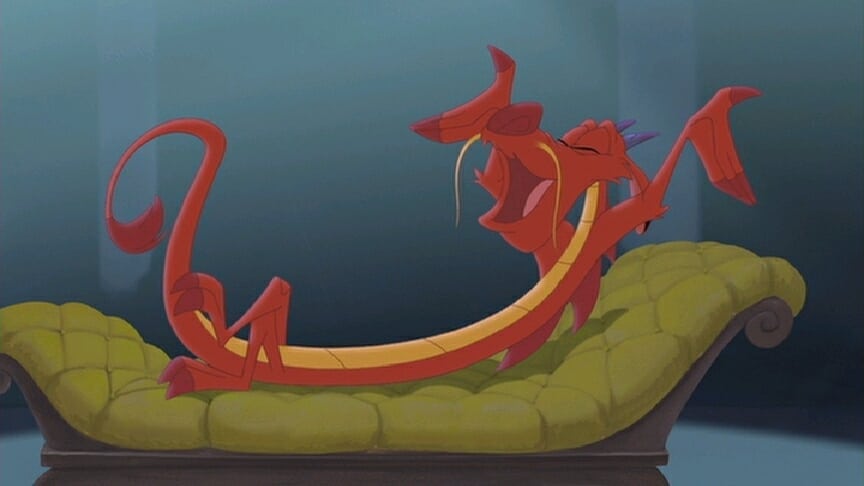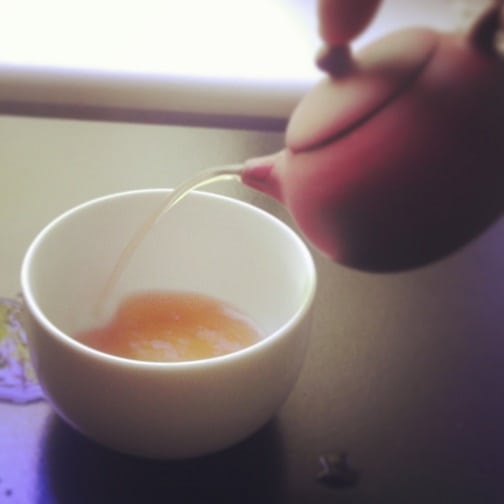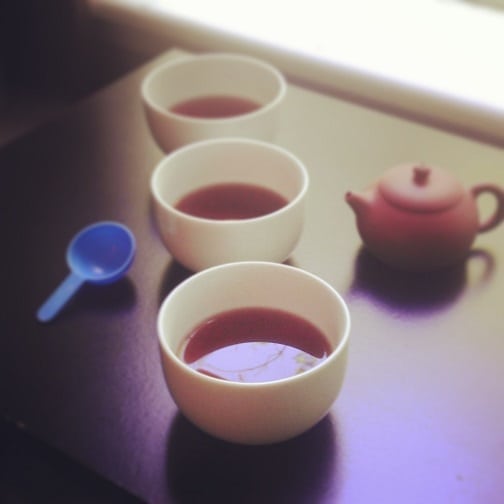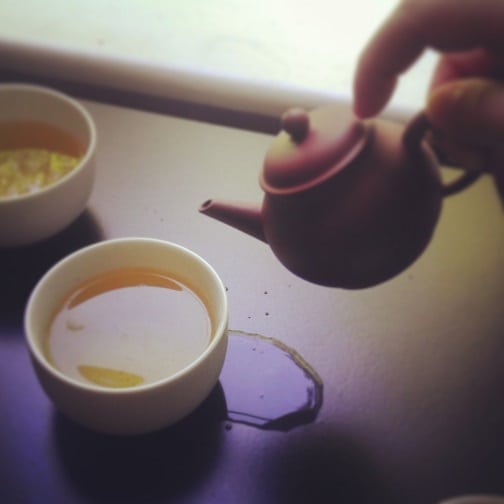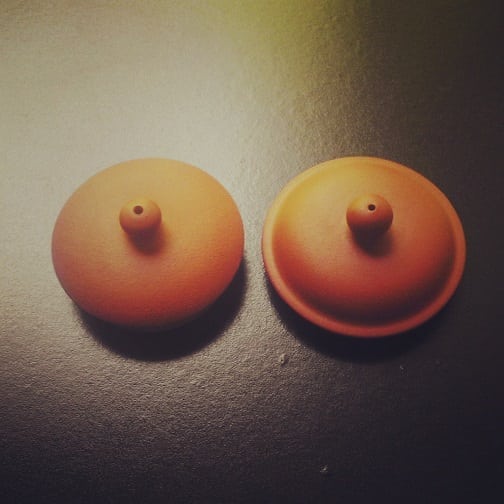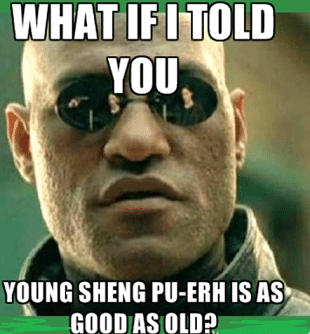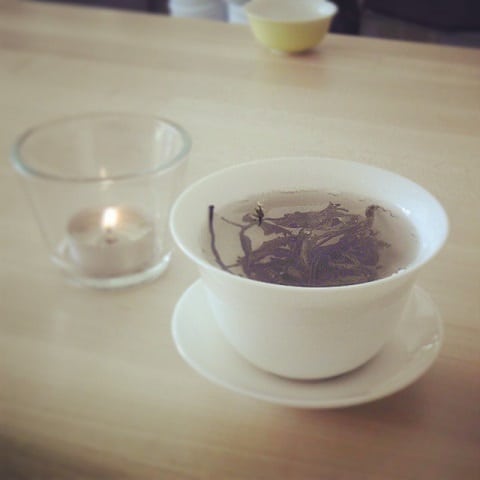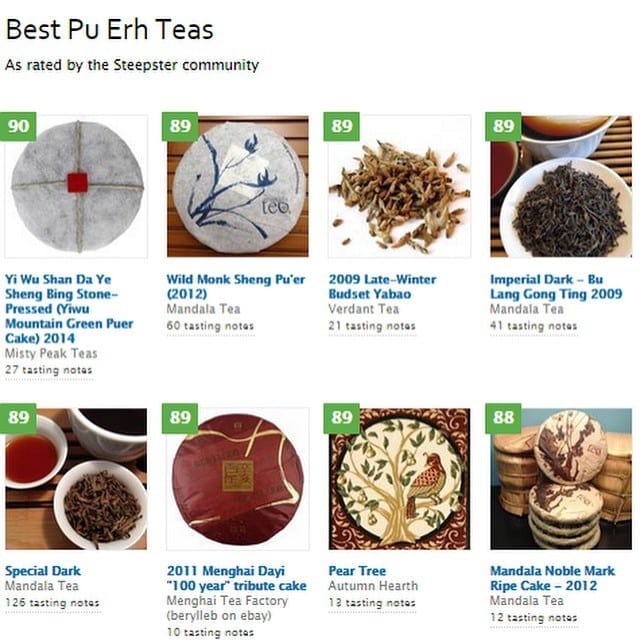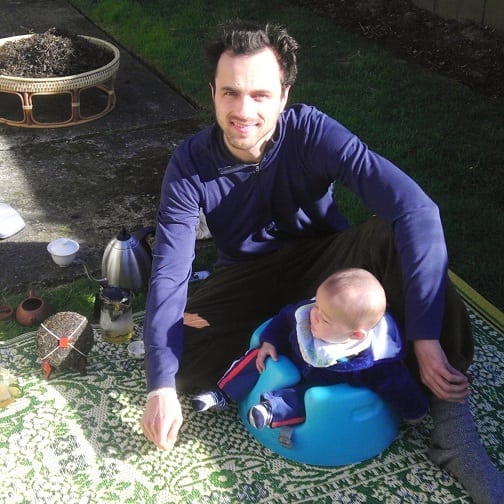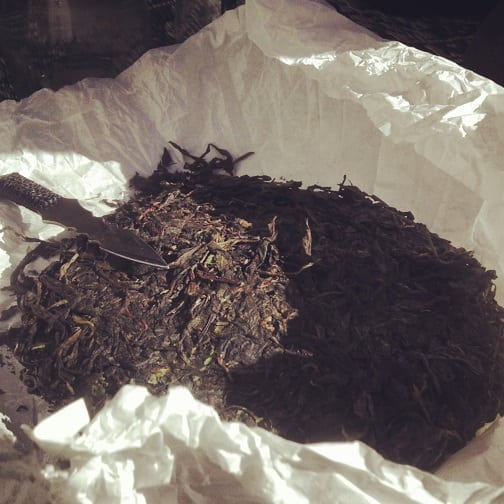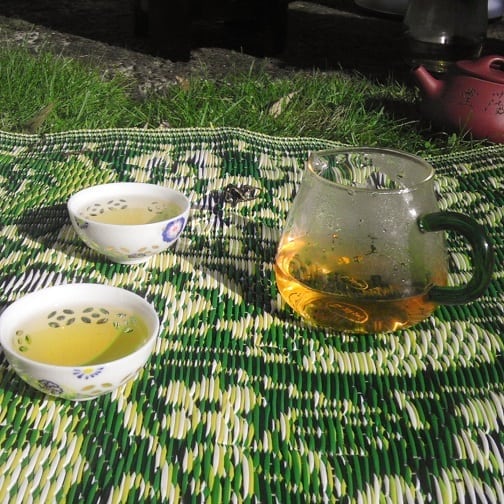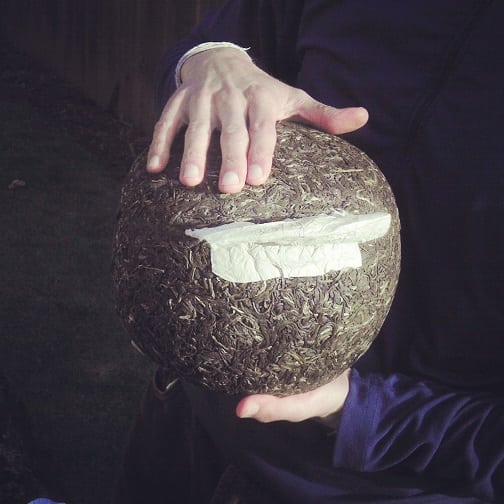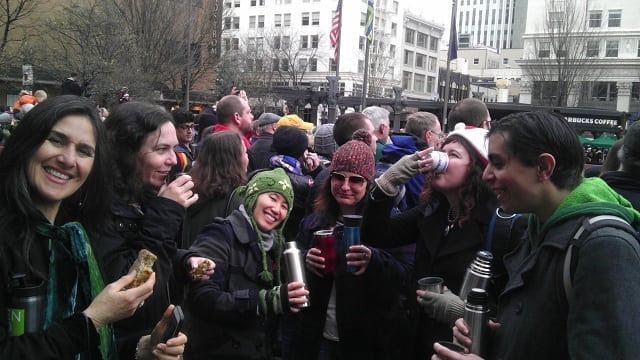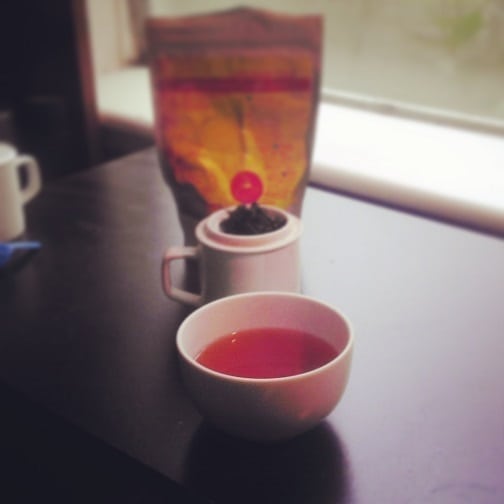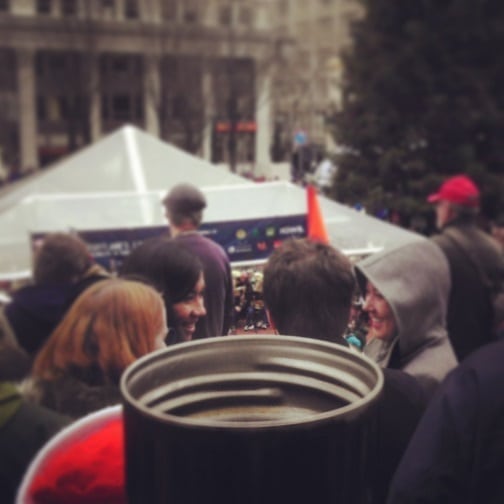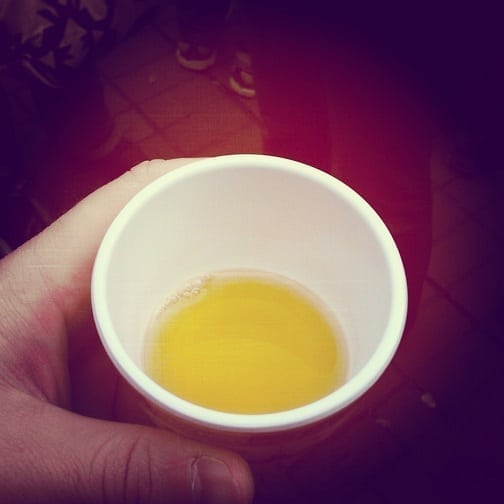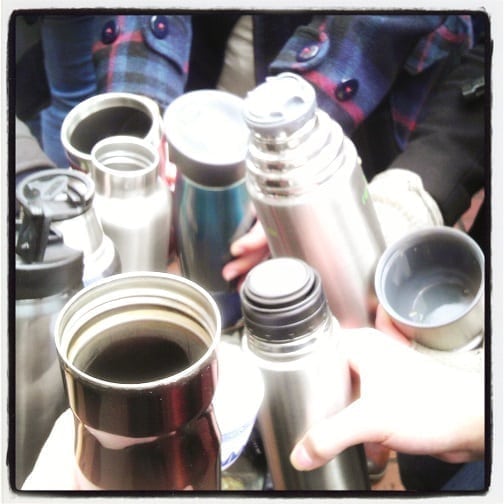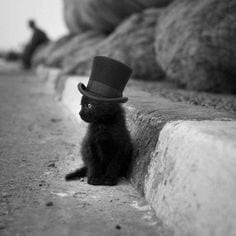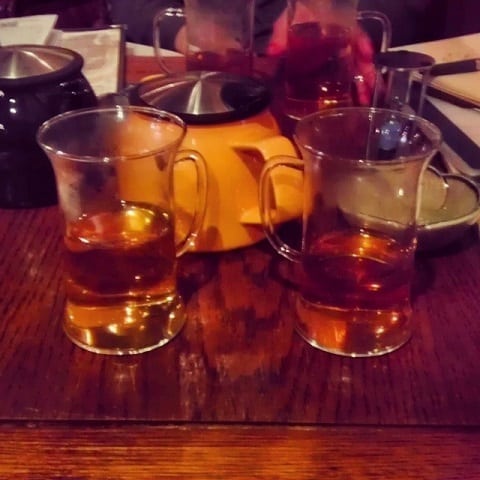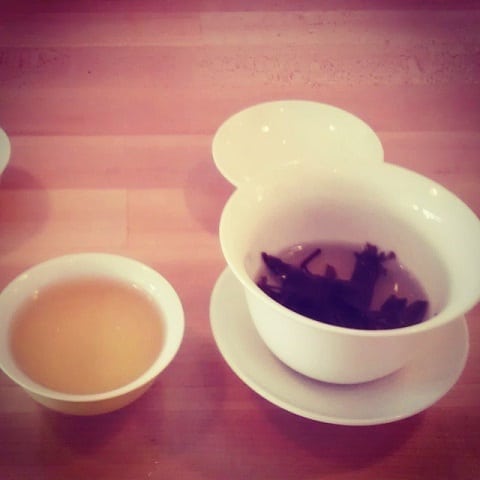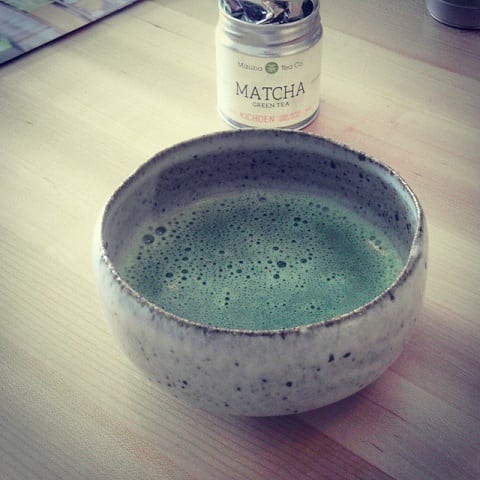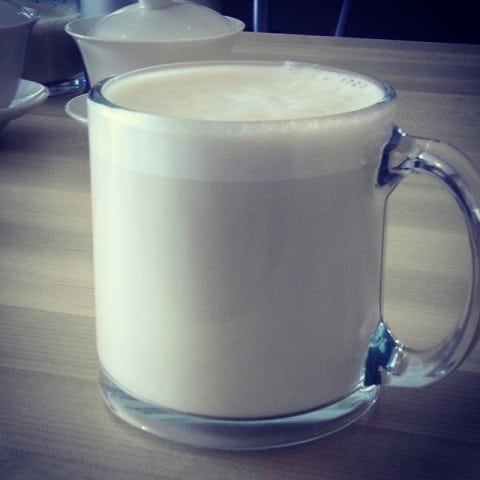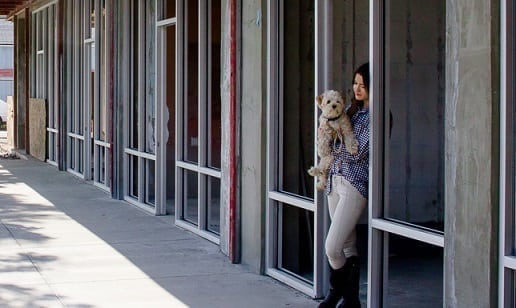It was a Saturday, as the title suggests. Saturday, March 21, to be precise. It was a really shitty Saturday, in other words.
The work shift was going frustratingly poorly. My student loan sharks announced they were tripling my monthly payment. And finally . . . a panic attack was looming. Not sure how that got there.
Amidst the chaos, I received a text from Misty Peak Teas’ Nick, informing me that there was a package waiting for me at Tea Bar. I kind of knew what it was, but it gave me something to look forward to. After the work shift, I made the trip out to NE Portland, sat myself at the bar like a regular, and ordered a Lapsang latte. My usual.
The barista handed off said Misty Peak mystery package. It was a giant bag of sheng pu-erh. That created an instant “happy”.
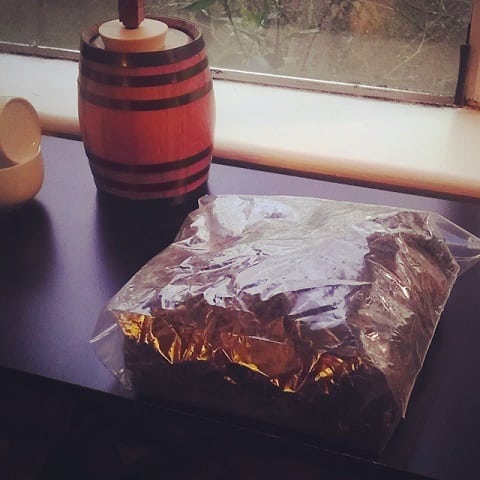
As I was about to nurse my latte, mood improved, I received a Facebook message. It was from someone I rarely heard from, a dude from my gaming circles. For those who haven’t figured it out, yet, I’m a bit of a geek. Occasionally, I’m easily roped into roleplaying and board game events. However, I’m what you would call a “casual”, at best. But I digress . . .
Said dude chimed in with, “Friday Afternoon Tea wants to meet you personally. She is at Gamestorm.”
My first thought was, “What’s a Gamestorm?”
He informed me that there was a gaming convention happening in Vancouver, WA. I knew of Friday Afternoon. I reviewed several of their teas when I still contributed to Teaviews. I remembered being particularly fond of their Snow Day blend.
I said to my gaming pal, “I can be there in twenty.”
It was the truth, I was in N.E. Portland, a mere skip across the river to Vancouver. He was a bit surprised at my impromptu decision, and so was I. But why not?! Up until now, my day had been shite. A little adventure wouldn’t hurt. (Much.) So, off I went to a gaming convention, to meet a tea blender op I’d never seen before.
When I got there, said friend met me at the front and directed me back to the vendor room. Toward the back was a woman with multicolored hair, decked out various pieces of geek flare (including Pac-Man earrings), chatting with other patrons. She was like a cross between Tank Girl, Kate Winslet a la Eternal Sunshine of the Spotless Mind, and Pinki-Pie.
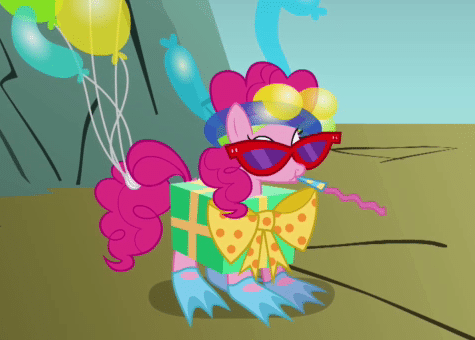
In a word, “Adorkable”.
She was the patroness of Friday Afternoon Tea, and her actual name . . . was Friday. I was not expecting that, at all. Apparently, sci-fi conventions, gaming events and other geek ephemera were her bread-and-butter; the demographic she catered to. That and her blends reflected this. She had blends themed after Harry Potter, Firefly, Battlestar Galactica, and so on.
We got along fine.
I arrived just as she was closing up her booth for the day. She easily suckered me into buying a blend dubbed, “Setting Things on Fire” – one of her “Cylons for Breakfast” line of teas. It was a fusion of cooked pu-erh, Ceylon, and Assam – with a little bit of Lapsang Souchong sprinkled in for good measure. It smelled divine, had a kickass name . . . sold, to the gentleman with poor impulse control.
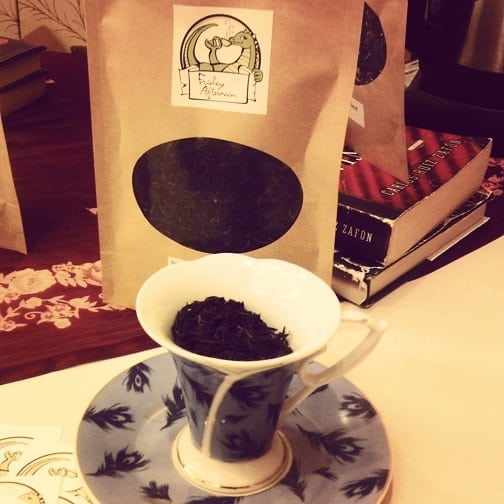
We talked about various things under the geek umbrella, as we walked her daughter – dubbed TeaGirl – to the video gaming room. Before I knew it, two hours had passed. Not quite sure how that happened. She and her young ‘un called it a night, and I (somehow) got roped into a LAN game of Artemis with various other friends of mine at the con.
Before she left, though, she said, “You do know we’re best friends now, right?”
I was too befuddled to answer eloquently.
The next day, I broke in a mug of Setting Things on Fire. (That sentence sounded far less silly in my head.)
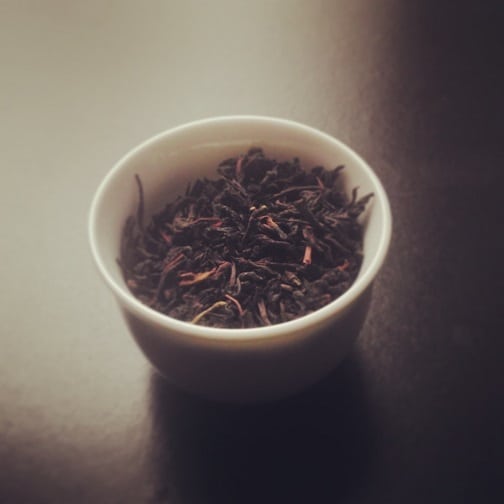
This was an incredibly even blend. What I mean by that is, all the elements fused well together. They all seemed as if they belonged together. The smaller cut Ceylon and Assam leaf pieces worked well with the more spindly pu-erh strands. The color palette ranged from tippy beige to chocolate brown. Nothing seemed out of place.
That even-ness carried over in the scent – strong contributions of malt, earth, smoke and . . . something fruity that I couldn’t quite place. Maybe I mistook the floral bend of the Ceylon for fruit. Stranger things have happened.
For brewing, I went with a typical black tea approach – 1 tablespoon of leaves for a 12oz. cup, steeped for four minutes in boiling water. Usually, I do three, but for something called “Setting Things on Fire”, I thought an extra minute would be fine.
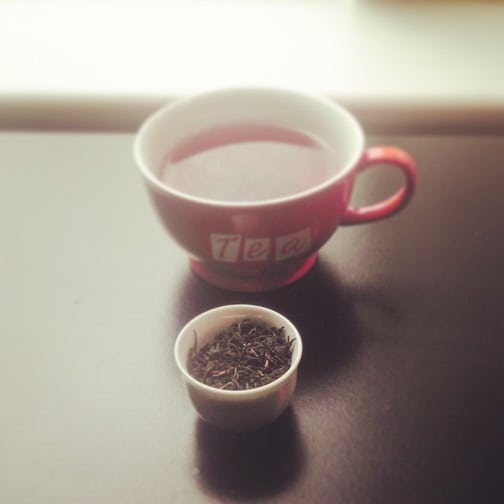
The liquor brewed cedar brown with an alternating burly and sweet aroma. Crimson lined the edge of the soup, while it transitioned into a pool of dark brown. As even a transition in color as I would expect from such a blend. What shocked me was the taste. Contrary to the burly bits in the blend, this was a deceptively smooth operator, starting off with a floral front, ushering in a hint of malt, segueing (or even Segwaying) in a dash of smoke, and ending with a sensation of napping on a forest floor. Very deceptive . . . like a Cylon.
The weekend went from shit to shine.
